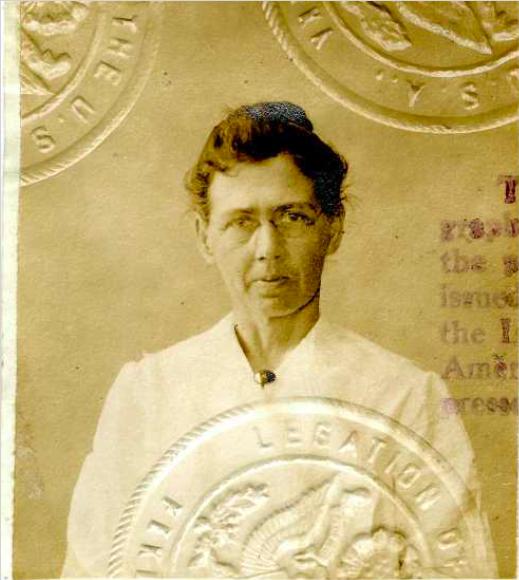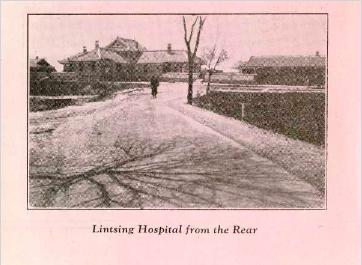Susan Barbara Tallmon Sargent, MD
Biographical Overview:
Susan Barbara Tallmon Sargent was born on December 15th, 1872 to George Washington and Susan Carhart Tallmon. She attended Grinnell College and M.D. from Northwestern University Woman's Medical School where she graduated in 1902. Upon graduating with her M.D., she opened a small practice out of her grandparent’s home in Berkeley California. She served as a medical missionary to Lintsing (Linqing), China, from 1905 to 1918. She married Rev. Benjamin Farrington Sargent in 1916. After returning from China, she returned to California and retired from the medical field, likely at her husband’s request. She died on February 21st, 1950.
Medical missionaries in the early 20th Century:
In the early 20th century, opportunities for women in the medical field were heavily restricted. Among the United States and similar western countries, not only were there a limited amount of medical school options, but the opportunity to run or administer a clinic in a significant leadership capacity was seldom afforded to female physicians. Female physicians who resolved to do so were required to open their own practices from scratch—a process that required significant financial investment and privilege. As a result, some women found such leadership opportunities not in the west, but as medical missionaries all over the world.
From the Late-nineteenth-century to the mid-twentieth-century, many middle class Americans, male and female, participated in missionary work to impoverished non-christian areas of the world, namely in countries such as China, India, and Thailand. In addition to evangelizing, missionaries often provided humanitarian services including education, housing and medical assistance.
For many women, the position of medical missionary not only allowed them to fulfill religious goals, but also allowed them to pursue professional and personal ambitions of a medical nature in a socially acceptable way that might not have been afforded to them otherwise. Often, the mission field had a dire need for accomplished medical personnel, and lacked oppressive codified social standards—thus providing a fertile ground for unorthodox opportunities. Many female medical missionaries found themselves in radical positions of administrative, medical, or leadership authority that would not have been possible back at home.
This is evident in Dr. Tallmon’s archival papers: sometime after her arrival in China in 1905, She became the superintendent of a Linqing medical clinic. The clinic offered much-needed medical assistance free-of-charge to an impoverished city that had suffered significantly from plague and political unrest. Dr. Tallmon’s contribution was invaluable—she oversaw the function of the clinic, campaigned to raise funds, and by some accounts treated an average of seventy patients a day. Eventually, the clinic grew to the point of: operating with multiple physicians, training several medical interns, providing education for children, offering daily biblical evangelizing, and housing a medical drug repository---All of this growth under Dr. Tallmon’s direction. It is doubtful that Sargent would have been able to hold such eminent leadership positions back home in the United States.
For more on Dr. Susan Barbara Tallmon Sargent's legacy in China, please click on this link to our report on Western Influence on Women and Medical Practices: Chinese Hospitals
Additional Resources:
Bartlett, Melissa. “Female Medical Missionaries : Using Traditional Roles to Transcend the Status Quo.” McIntyre Library, University of Wisconsin Eau Claire, 2009, https://minds.wisconsin.edu/handle/1793/35534.
Susan Barbara Tallmon Sargent Papers, ACCN 1107, Box 6, Folder 1. Special Collections, J. Willard Marriott Library, The University of Utah.
Edited by: Chloe Hendry Montoya
Later edited by:Pamalatera C. Fenn


